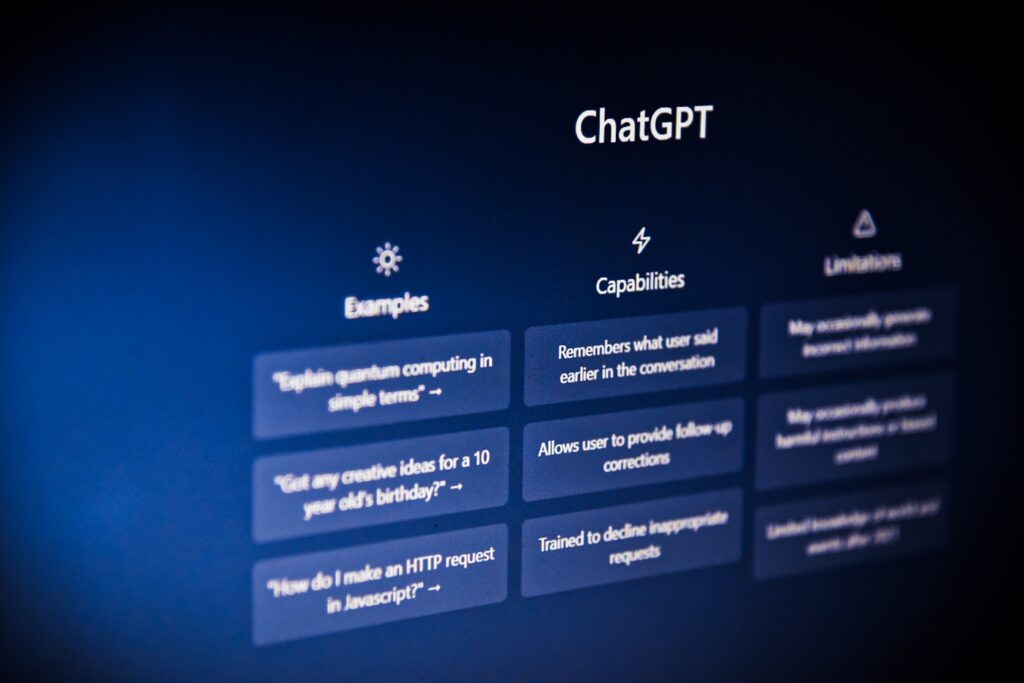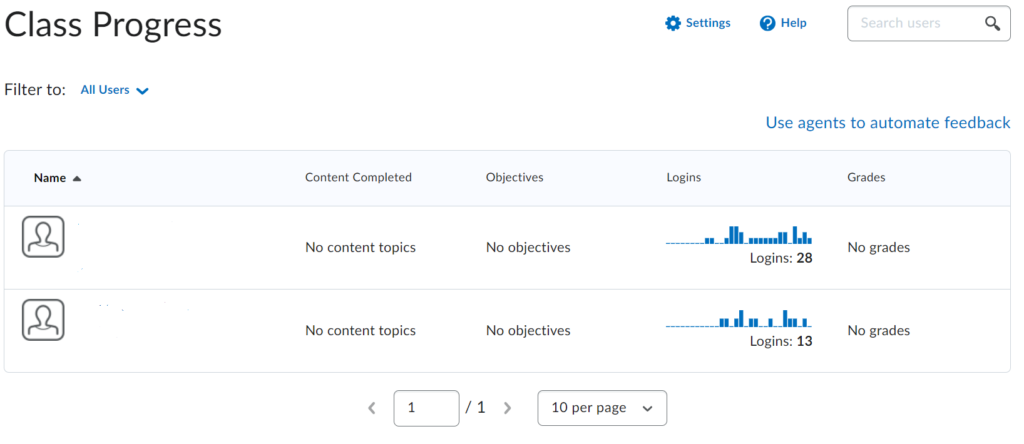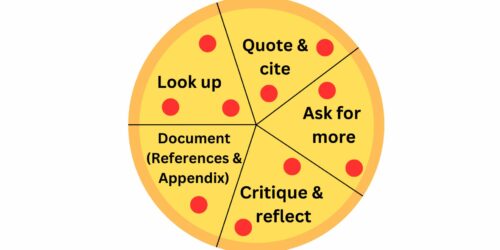
Uses of AI Chatbots in Education
In this post, we’ll explore the potential applications of chatbots in educational contexts and consider some examples in use in different contexts. Visit my previous post on ChatGPT and generative AI chatbots if you’d like some more general information about AI.
Uses
Over the past ten years, some organizations have begun integrating chatbots into various aspects of education. Systematic reviews suggest that chatbots are flexibly used across teaching and learning, administration, assessment, advisory, and research and development capacities (Okonkwo & Ade-Ibijola, 2021). Zeide (2019) summarized the uses of chatbots in education into three main branches of applications – institutional supports, student support, and instructional supports.
Figure 1: Three main branches of AI use in education, primarily focused on chatbot use.
Institutional Supports
Institutional applications for learners might look like using organizational data to improve prediction-making about where and how to recruit students or improve application and acceptance processes. Using AI to look at institutional supports could also help determine where and when to schedule classes, where to build campuses, or how best to tailor the organization’s development to match student needs.
Student Supports
Using AI to interpret student support might look like many different things. Using data across systems like SIS and the Registrar’s Office, alongside data from courses, could improve systems that help students access advisors or just-in-time financial, mental health, or cultural supports. These same integrations might help understand at-risk students, offering insight into supporting them more effectively through peer-to-peer tutoring or other remedial supports. This branch of AI integration aims to help students succeed through timely intervention in success factors not particularly related to course based learning.
Instructional Supports
Chatbots are primarily used in education for teaching and learning purposes, supporting the delivery of course content and student engagement and retention (Okonkwo & Ade-Ibijola, 2021). Their use typically aligns best with pedagogical and instructional design principles such as personalized and experiential learning, social dialogues, collaborative learning, affective learning, and learning by teaching (Kuhail et al., 2023). In particular, AI tools can support faculty and learners with:
- identifying opportunities for customized instruction and feedback,
- supporting reflective activities,
- providing para-social dialogue to engage learners in questions and conversation,
- suggestions about collaborative techniques to improve learners’ critical thinking and argumentation,
- providing empathetic feedback to keep students motivated,
- and allowing students to learn through teaching (i.e. teaching the chatbot).
Learner Analytics
The instructional branch of AI for education closely connects to learner analytics – visualizations of trends in student performance at course and program levels. Learner analytics inform instruction and provide guidance from which to adapt and refine courses supportive of learners’ behaviours and needs.
Consider, for example, the Course Progress tool in eConestoga. This provides a generalized snapshot of students’ logins and the content they have accessed in the course so far. The information is highly vague and general. Integrated with an AI system, however, we might be able to learn more about what content students interact with, what videos they watch and what sections seem most popular, what questions they ask the chatbot, at what time in the course, and more. These details might provide a more robust understanding of the student experience of the course, which we can cross-reference to observations about learners’ performance in-class or in assessments.
Figure 2: The class progress tool in eConestoga, indicating the logins of two users alongside their grades and content topics.

The use of learner analytics should also be supported by careful consideration of the ethical implications of using data to understand human behaviour. We should exercise caution around allowing digital systems to determine implications for students.
The DELICATE checklist offers a framework for evaluating the ethical use of learner analytics (Draschsler & Greller, 2016). The acronym details a structure of questions course developers, curriculum leaders, and others involved in decision-making can follow to thoroughly self-assess adherence to relevant legislation and the engagement of suitable stakeholders in the process. In particular, the DELICATE checklist aims to ensure the privacy of the individuals that learner analytics accesses. The acronym in detail refers to:
- Determination – why do you want to apply learning analytics?
- Explain – Be open about intentions for data collection, storage, and access.
- Legitimate – Why should you be allowed to access the data?
- Involve – Include all stakeholders and data subjects to ensure transparency.
- Consent – ensure a contract with data subjects (here: students).
- Anonymize – ensure the individual is not identifiable in the data;
- Technical – ensure the technical parameters ensure privacy;
- External – Ensure any external providers also fulfill obligations for privacy and anonymity.
Summary
Effectively applied to relevant institutional, student support, and teaching applications, chatbots like ChatGPT, Bing Chat and others may continue to broaden the scope of what is possible in education over the next few years. There will likely be many new opportunities to connect organizational and course-based “big data” sources to LLM models that can help interpret patterns that emerge from these sources, and use chatbots to conversationally understand these patterns in ways that let us enhance our work.
References
Drachsler, H., & Greller, W. (2016). Privacy and Analytics – it’s a DELICATE Issue. A Checklist for Trusted Learning Analytics. 10.1145/2883851.2883893.
Kuhail, M.A., Alturki, N., Alramlawi, S. Alhejori, K. (2023). Interacting with educational chatbots: A systematic review. Education and Information Technologies 28, 973–1018
Okonkwo, C., and Ade-Ibijola, A. (2021). Chatbots applications in education: A systematic review. Computers and Education: Artificial Intelligence, 2.
Zeide, E. (2019). Artificial Intelligence in Higher Education: Applications, Promise and Perils, and Ethical Questions. Educause Review Summer 2019. 31-39.








